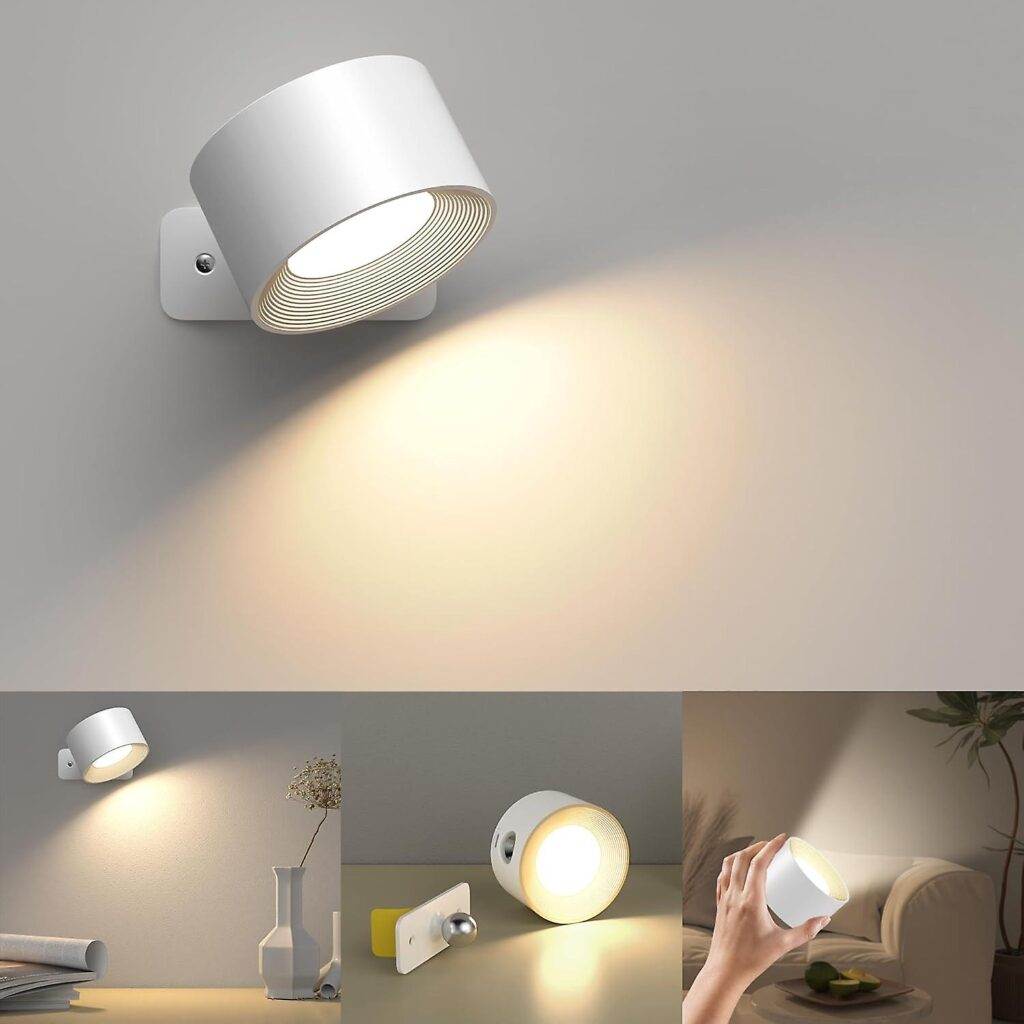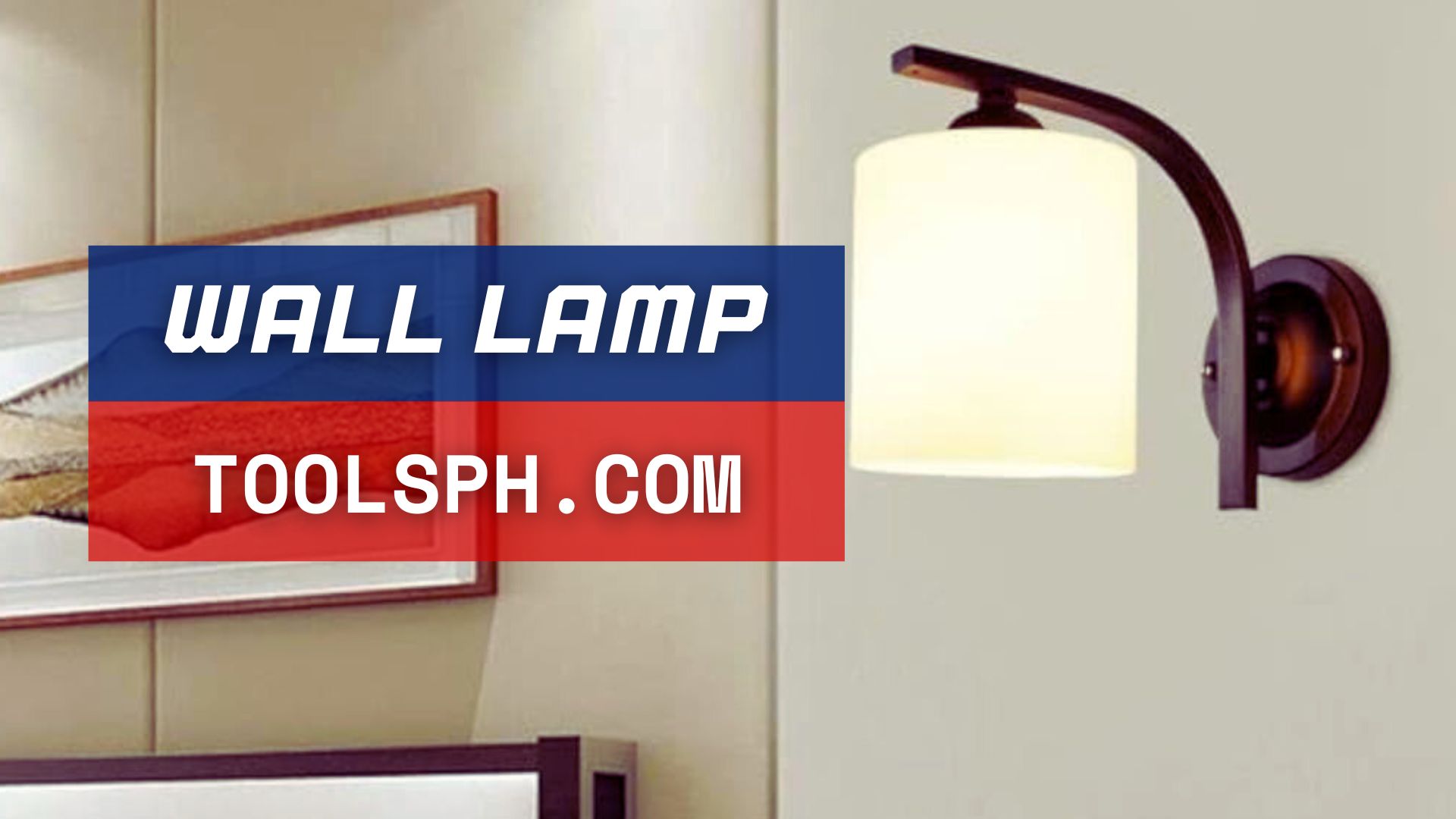A wall lamp is a type of lighting fixture that is intended to be mounted on a wall and add ambiance and illumination to an area. It usually consists of an outward-extending light source mounted on a wall-mounted bracket or base. Wall lamps are available in an array of designs, sizes, and shapes, from minimalist contemporary pieces to elaborate or vintage pieces. They are frequently utilized in homes, workplaces, hotels, and other indoor settings for task lighting, accent lighting, and ambiance creation. Wall lamps offer a variety of power sources, including electricity, batteries, and even candles.
Wall Lamp Price
Wall lamp prices vary depending on its brand, input voltage, power, and design. Its price ranges from ₱328.00 to ₱599.00.
| Details | Input Voltage | Power | Design | Prices |
| Philip | 220 V | 80 W | Round Ball | ₱328.00 |
| Philip | 220 V | 80 W | Double Cylinder | ₱599.00 |
| Philip | 220 V | 80 W | Transparent Cube | ₱368.00 |
| Munny | 150 V | 35W | Basic Shell | ₱557.00 |
| IAU Light | 220 V | 80 W | Cylindrical Luxury | ₱399.00 |
| IAU Light | 220 V | 80 W | Flower Style | ₱389.00 |

Advantages of Wall Lamp
Space-saving – Wall lamps save floor space because they don’t take up any area, which makes them perfect for cramped spaces.
Task Lighting – Wall lamps placed thoughtfully can provide focused lighting for activities like reading or working without the glaring overhead lights.
Decorative – Wall lamps can improve the visual appeal of any space because they are available in a range of styles, from sleek and modern to elaborate and traditional.
Simple Installation – Wall lamps typically require less wiring and mounting hardware to install than ceiling-mounted fixtures.
Ambiance – They offer gentle, indirect lighting that can produce a cozy, welcoming ambiance that’s ideal for entertaining or unwinding.
Disadvantages of Wall Lamp
Limited Flexibility – Because wall lamps are mounted on the wall, there isn’t much room to move them around or change the direction of the light.
Dependency on Wall Placement – The location of electrical outlets and the availability of suitable wall space are two factors that significantly impact wall lamp effectiveness and may limit placement options.
Restricted adjustability – Wall lamps frequently have fixed angles, which may not provide the best lighting for specific activities or areas. This is in contrast to adjustable floor or table lamps.
Danger of obstruction – Items positioned in front of wall lamps, such as furniture or décor, can obstruct them, decreasing their efficacy and possibly producing shadows or uneven lighting.
Video of Wall Lamp
FAQs
How should a wall lamp be installed?
A wall lamp’s installation usually includes attaching the fixture to the wall with screws and anchors, attaching the electrical wiring, and fastening any extra parts. It is advised to carefully follow the manufacturer’s instructions or, in the event that you are unsure, seek professional assistance.
Is it possible to use a wall lamp as the room’s main source of lighting?
Wall lamps work well for task or accent lighting, though they can also provide ambient lighting. To guarantee enough lighting, you might need to add more light sources, like floor or ceiling lamps, depending on the size and design of the space.
Which kinds of lightbulbs are suitable for wall lamps?
A range of light bulb types, such as incandescent, LED, halogen, and CFL bulbs, are commonly compatible with wall lamps. To make sure the fixture is compatible with the desired type and wattage of the bulb, it is imperative to review its specifications.
How should a wall lamp be maintained and cleaned?
If a wall lamp has been in use, turn off the electricity and let it cool before cleaning it. Dust and debris can be gently removed from the fixture’s surface using a soft, dry cloth or a mild cleaning solution. Steer clear of harsh chemicals and abrasive cleaners as they can harm the finish.
When picking a wall lamp, what factors should I take into account?
When choosing a wall lamp, take into account elements like the desired lighting effect, the fixture’s size and style, how well it blends in with your current decor, the kind of bulb it uses, and any installation requirements.


